The world of art is far more complex and nuanced than the traditional narratives we've been taught. Beyond the familiar names of European masters and canonical works, there exists a rich tapestry of artistic expression that has been systematically overlooked, marginalized, or intentionally erased. As we delve deeper into art history, we're discovering remarkable stories of creativity, resilience, and cultural significance that challenge our previous understanding.
Rediscovering Forgotten Artists
For decades, art history has been dominated by a narrow lens that primarily celebrated white, male European artists. But contemporary research is bringing to light incredible talents who were previously relegated to the margins. Take, for example, artists like Augusta Savage, an African American sculptor during the Harlem Renaissance who not only created powerful works but was also a crucial arts educator and community organizer.
Women artists, in particular, have been dramatically underrepresented. Painters like Artemisia Gentileschi, who created stunning Baroque masterpieces in the 17th century, were often overshadowed by their male contemporaries. Today, scholars and curators are actively working to reframe these narratives, highlighting the extraordinary skill and revolutionary spirit of artists who were once considered peripheral.
Decolonizing Art Historical Narratives
The process of decolonizing art history is about more than just adding names to textbooks. It's a fundamental reimagining of how we understand artistic production, cultural exchange, and creative expression. Traditional art historical frameworks have often treated non-European art as "primitive" or "ethnographic," rather than recognizing the sophisticated aesthetic and conceptual traditions of different cultures.
Indigenous artists, for instance, have long created complex visual languages that communicate deep cultural knowledge. Australian Aboriginal art, with its intricate dot paintings, isn't just decorative—it's a sophisticated system of storytelling and spiritual mapping. By centering these perspectives, we gain a much richer understanding of global artistic practices.
Modern museums are increasingly acknowledging their complex histories, confronting how colonial collecting practices often involved theft, exploitation, and cultural displacement. Institutions like the British Museum are facing calls to repatriate artifacts, recognizing that these objects carry profound cultural significance beyond their aesthetic value.
Provenance research has become a critical tool in understanding art's complex historical journey. Every artwork tells a story not just through its visual elements, but through its movement across time and space. Tracing an artwork's ownership can reveal intricate networks of cultural exchange, economic power, and sometimes uncomfortable historical truths.
Consider the fascinating world of "lost" artworks. Pieces that disappear during wartime, get hidden in private collections, or are rediscovered after decades can dramatically reshape our understanding of artistic movements. The recent discoveries of works by artists like Hilma af Klint, whose abstract paintings predated canonical modernist works by decades, demonstrate how much remains to be uncovered.
Contemporary artists are also actively engaging with these revisionist approaches. Many are creating work that directly challenges historical narratives, using art as a form of critical investigation and cultural healing. They're not just making aesthetic objects, but creating powerful statements about representation, memory, and historical understanding.
The digital age has further transformed how we engage with art history. Online archives, virtual museum tours, and global research collaborations are making previously inaccessible information widely available. Scholars and enthusiasts can now connect across continents, sharing insights and challenging established narratives in unprecedented ways.
As we continue to expand our understanding of art history, we're not just adding names to a timeline. We're constructing a more inclusive, nuanced narrative that recognizes the incredible diversity of human creativity. Every rediscovered artist, every reexamined artwork, contributes to a richer, more complex understanding of our shared cultural heritage.
The journey of art history is ongoing—a constant process of discovery, reflection, and reimagining. And that's what makes it endlessly fascinating.
Subscribe to my newsletter to get the latest updates and news


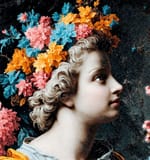


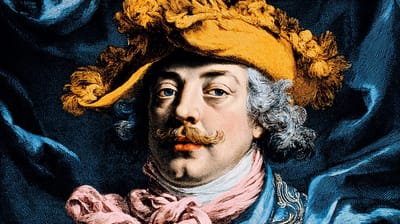


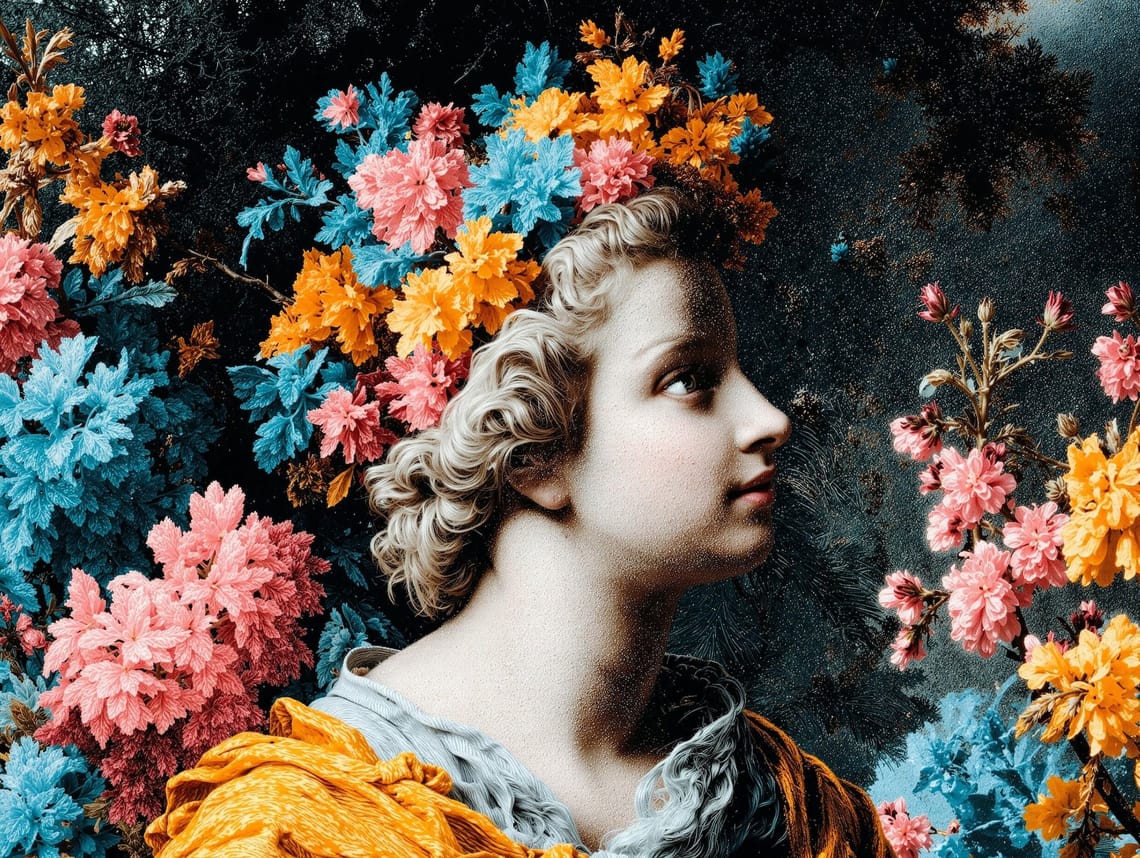
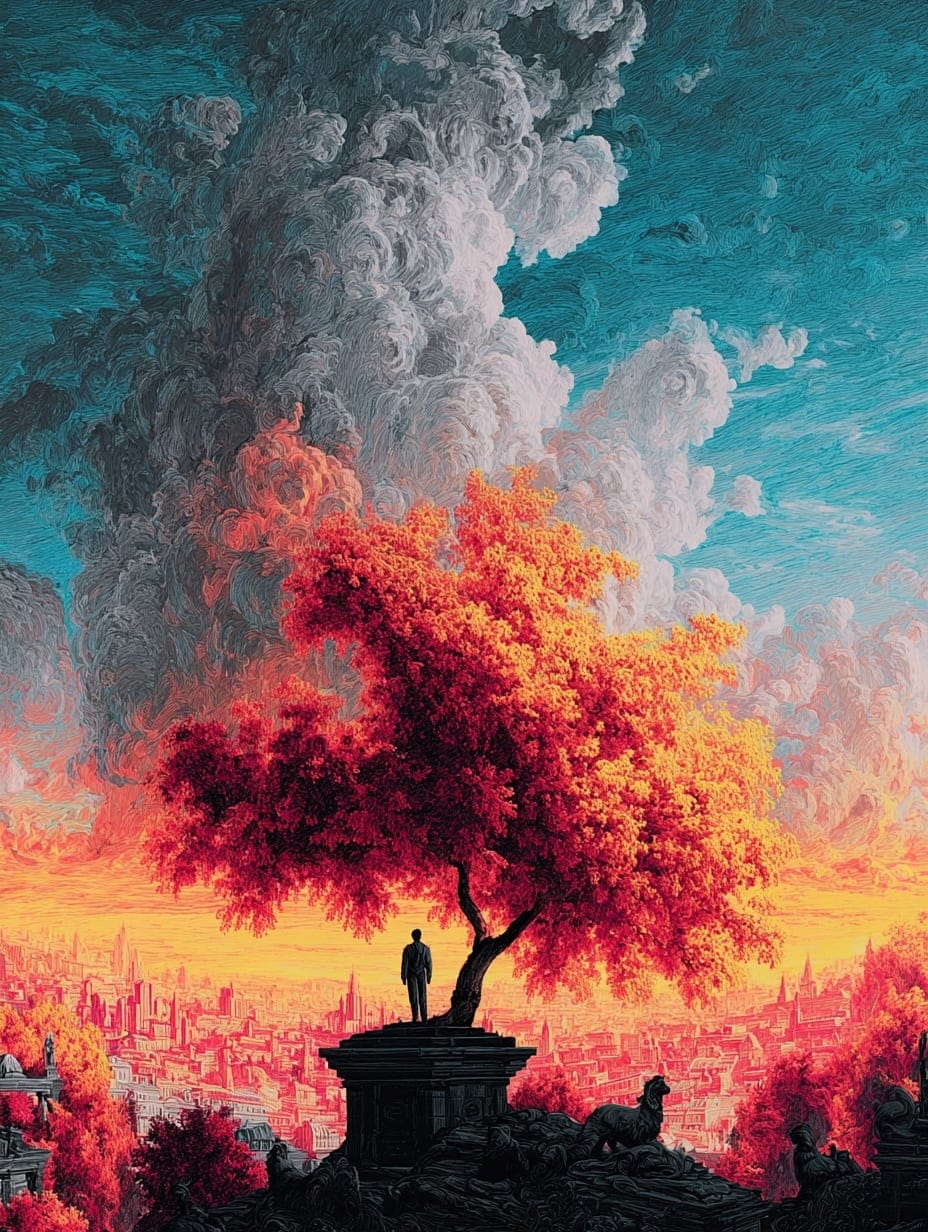
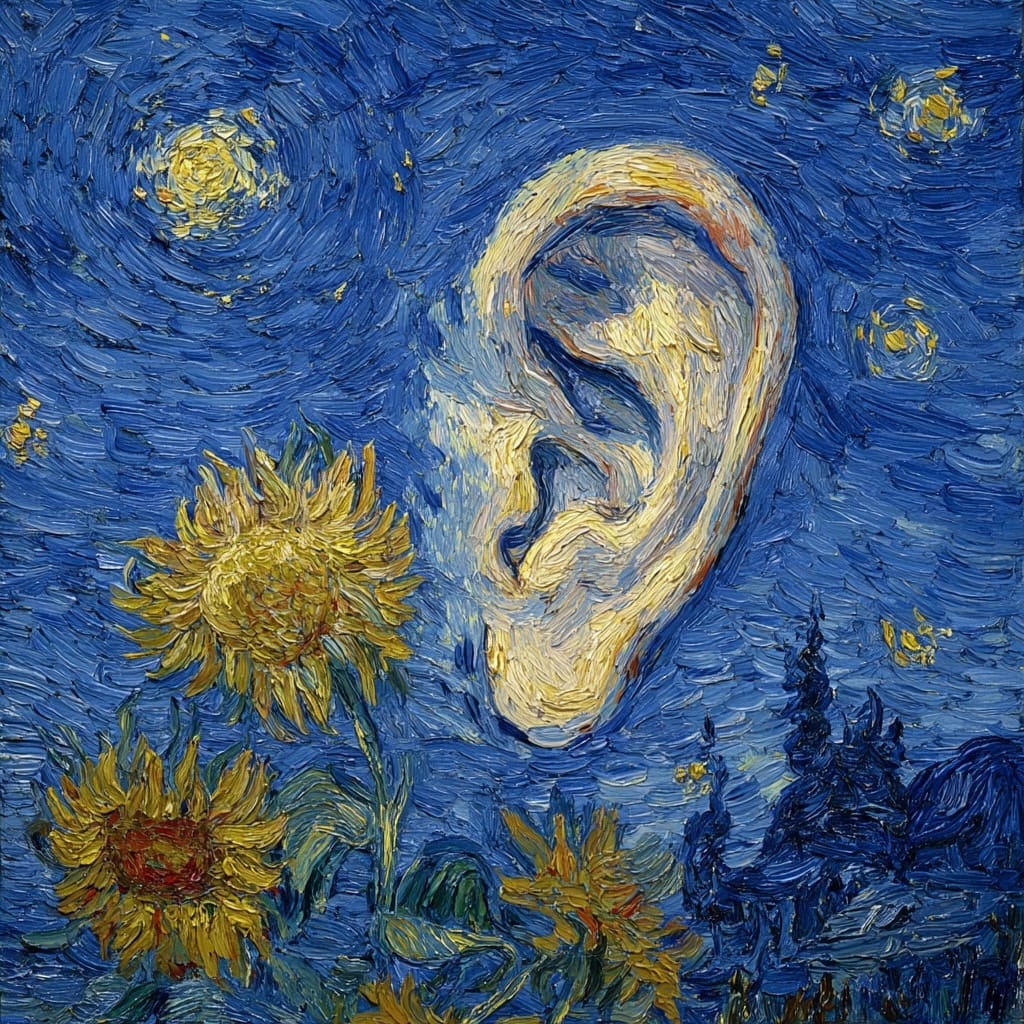
Member discussion